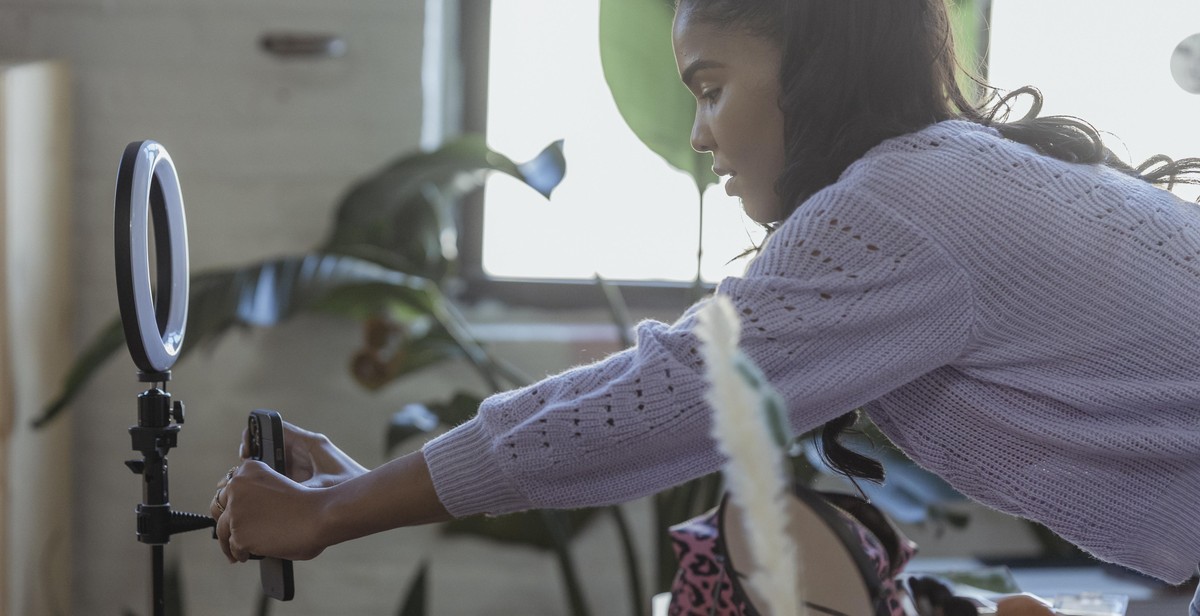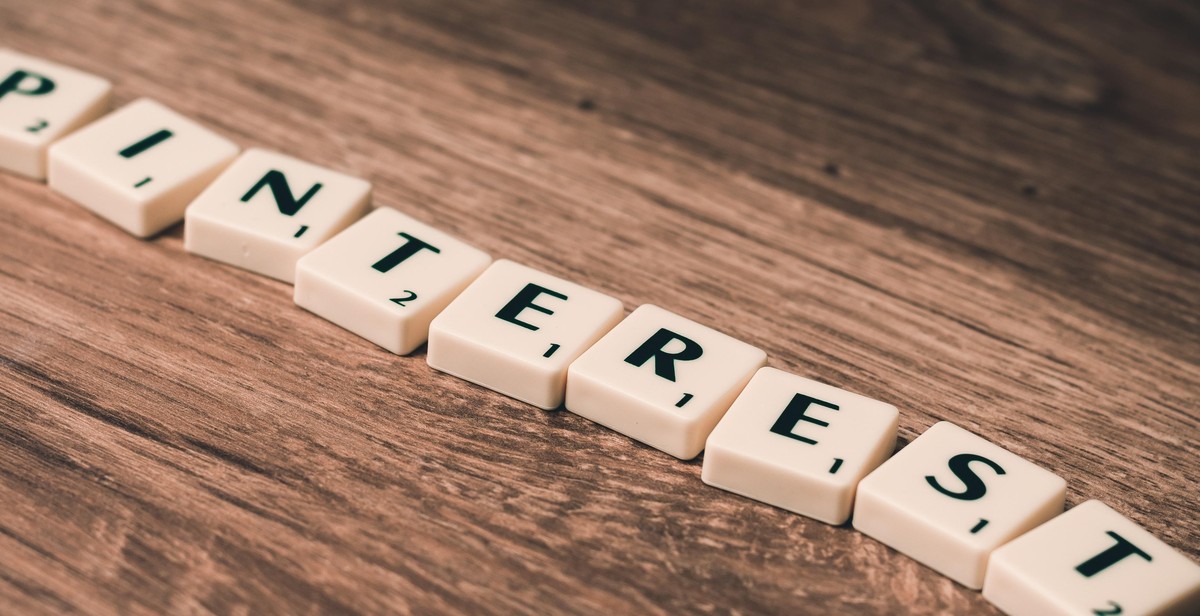How to Protect Your Personal Data on Social Media: Privacy Settings and Best Practices
As a professional article writer and content creator, I have seen firsthand the consequences of not protecting personal data on social media. Social media platforms have become an integral part of our daily lives, connecting us with friends and family, providing entertainment, and even serving as a tool for business and marketing. However, this convenience comes at a cost: our personal data is constantly being collected, analyzed, and used for various purposes, including targeted advertising, data mining, and even identity theft.
The importance of protecting personal data on social media cannot be overstated. According to a recent survey, 70% of internet users are concerned about their online privacy, and for good reason. In the wrong hands, personal data can be used to commit fraud, cyberbullying, and other malicious activities. In addition, social media platforms are often vulnerable to hacking and data breaches, putting users’ personal information at risk.
In this article, I will share my personal experience and expertise on how to protect your personal data on social media. I will provide tips on privacy settings and best practices that will help you minimize the risk of your personal data being compromised.

Privacy Settings on Social Media Platforms
Privacy settings on social media are crucial for keeping your personal information safe and secure. Different social media platforms have different privacy settings that you can adjust to control who can see your information and how it is used. Here are some of the most important privacy settings on popular social media platforms:
Facebook Privacy Settings
Facebook provides many privacy settings that you can use to control who can see your posts, photos, and personal information. You can choose to make your profile completely private, so only your friends can see your posts and information. You can also customize your privacy settings to allow certain people or groups to see specific posts or information. Additionally, Facebook allows you to control how your information is used for advertising purposes.
Twitter Privacy Settings
Twitter also offers various privacy settings that you can use to protect your personal data. You can make your account private, which means that only people who follow you can see your tweets and information. You can also control who can tag you in tweets, who can send you direct messages, and who can see your location information. Twitter also allows you to control how your data is used for advertising purposes.
Instagram Privacy Settings
Instagram has several privacy settings that you can use to control who can see your photos and personal information. You can make your account private, which means that only people who follow you can see your posts and information. You can also control who can tag you in photos, who can see your activity status, and who can view your stories. Instagram also allows you to control how your data is used for advertising purposes.
LinkedIn Privacy Settings
LinkedIn is a professional networking platform that allows you to connect with other professionals and showcase your skills and experience. To protect your personal data on LinkedIn, you can control who can see your profile, who can see your activity feed, and who can see your connections. You can also customize your privacy settings to control how your data is used for advertising purposes.
Overall, it’s essential to review and adjust the privacy settings on your social media accounts regularly. By doing so, you can ensure that your personal information is kept safe and secure.

Best Practices for Protecting Your Personal Data on Social Media
As social media continues to grow in popularity, it is important to take steps to protect your personal data from being misused or stolen. Here are some best practices to keep in mind:
Be Mindful of What You Share
The first step in protecting your personal data on social media is to be mindful of what you share. Avoid sharing sensitive information like your home address, phone number, or financial information. It is also important to be careful when sharing your location, as this can be used to track your movements and potentially put you in danger.
Create Strong and Unique Passwords
Creating strong and unique passwords is essential for protecting your personal data on social media. Use a combination of upper and lowercase letters, numbers, and symbols, and avoid using the same password for multiple accounts. Consider using a password manager to generate and store strong passwords.
Enable Two-Factor Authentication
Two-factor authentication is an additional layer of security that requires you to enter a code sent to your phone or email in addition to your password. Enabling two-factor authentication on your social media accounts can help prevent unauthorized access to your personal data.
Limit Third-Party Access
Many social media apps allow third-party apps to access your personal data, which can be used for targeted advertising or even identity theft. Be sure to review the permissions for any third-party apps you have connected to your social media accounts and revoke access for any apps you no longer use or trust.
Regularly Review and Update Your Privacy Settings
Finally, it is important to regularly review and update your privacy settings on social media. Make sure you are only sharing personal data with people you trust and adjust your settings to limit the amount of information that is visible to the public. Consider using the “Friends Only” setting for sensitive information like your birthday or contact information.
| Best Practices for Protecting Your Personal Data on Social Media |
|---|
| Be Mindful of What You Share |
| Create Strong and Unique Passwords |
| Enable Two-Factor Authentication |
| Limit Third-Party Access |
| Regularly Review and Update Your Privacy Settings |
By following these best practices, you can help protect your personal data on social media and reduce the risk of identity theft or other forms of online fraud.

Conclusion
Protecting your personal data on social media is crucial in today’s digital age. With the rise of cyber threats and data breaches, it’s important to take control of your privacy settings and follow best practices to safeguard your personal information.
By reviewing and adjusting your privacy settings, you can limit who can see your posts, photos, and personal information. It’s also important to be mindful of what you share online and who you connect with on social media.
Another best practice is to enable two-factor authentication and regularly update your passwords to prevent unauthorized access to your accounts. Additionally, be cautious of suspicious links and scams, and only download apps from trusted sources.
Remember, your personal data is valuable and should be protected. By implementing these privacy settings and best practices, you can take control of your personal data on social media and minimize the risk of cyber threats and data breaches.
- Review and adjust your privacy settings
- Be mindful of what you share online
- Enable two-factor authentication and update passwords
- Be cautious of suspicious links and scams
Protecting your personal data is an ongoing process, so make sure to regularly review and update your privacy settings and best practices to stay safe online.
